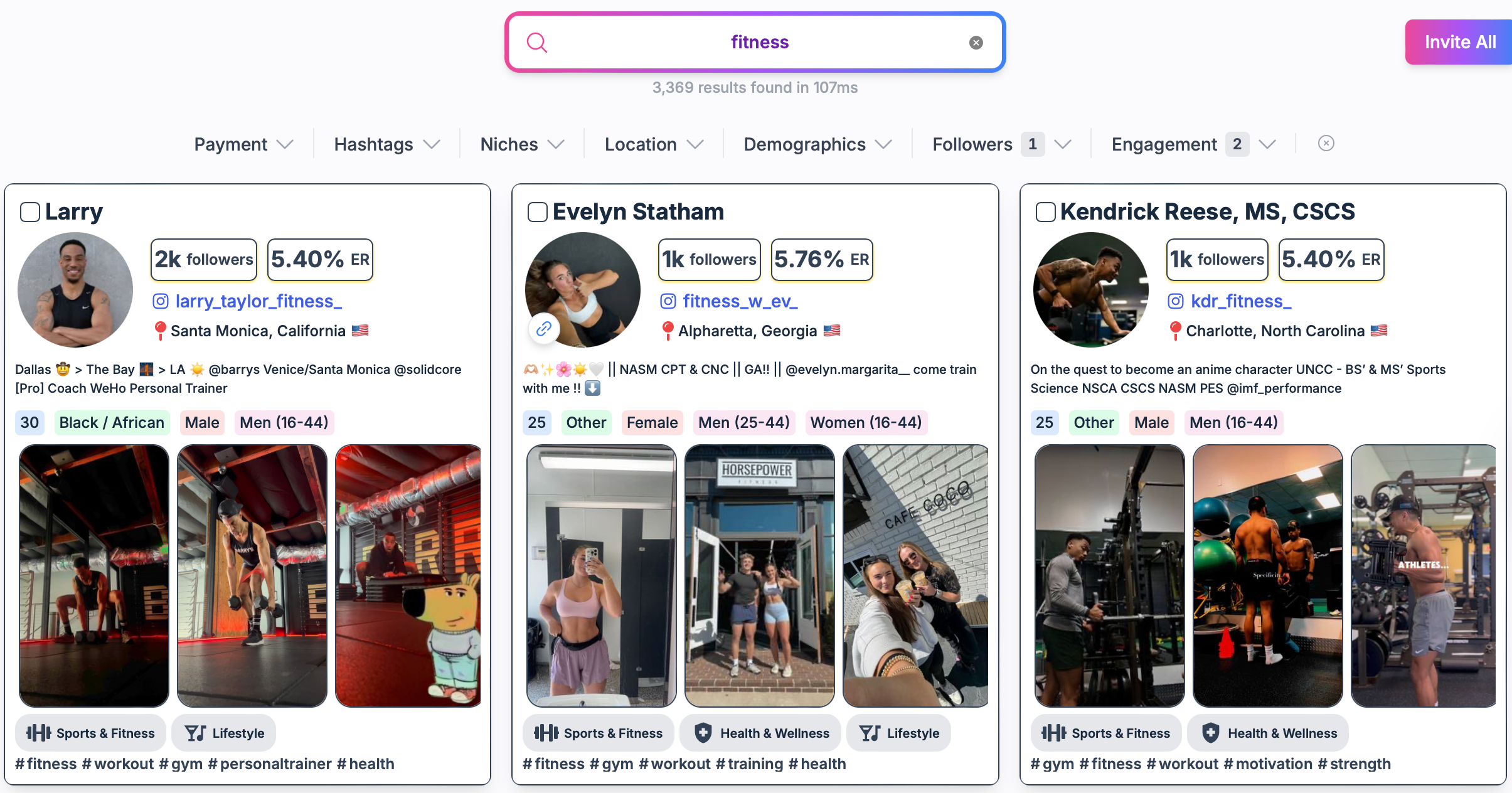Although it's one of the simplest strategies to improve the outcomes of your influencer marketing campaigns, setting specific goals is also one of the most neglected.
Everything else, including who you choose to collaborate with, what kind of content to request, how success is determined, and whether a campaign is truly worth repeating, becomes simpler when you know exactly what you want to accomplish.
The most successful brands, in our experience at Social Cat, don't just start campaigns; they start with a purpose.
Here is a straightforward explanation of how to establish the ideal objectives for your brand.
1. Start with the "Why"
Before deciding what kind of content you want, ask yourself: What’s the primary outcome we’re after of your influencer marketing campaign?
Influencer marketing can serve different purposes, and setting the right goal from the start avoids misalignment down the line.
Most influencer campaigns fall into one of these categories::
- Awareness: You want to make new people aware of your brand. Consider impressions, reach, and the number of people who see your product for the first time. This is perfect for launching new products or breaking into untapped markets.
- Conversions: You want people to click through, sign up, or make a purchase. In order to link these campaigns to real performance, they frequently include discount codes or trackable links. This is the best aspect, however finding influencers that will bring you a reasonable number of conversions, won’t be easy.
- Content creation: To use on your own channels, you're searching for excellent images, reviews, or testimonies. The goal is to obtain adaptable UGC that reduces internal production costs and time.
Knowing your goal early gives your campaign direction and helps avoid vague results.
2. Align creator selection with campaign goals
Not every goal is a good fit for every creator.
The most significant error? selecting influencers solely on the basis of their number of followers. Instead, make your decision based on their true strengths.
- To raise awareness, seek out influencers whose posts regularly attract new followers. Their target audience should be similar to your ideal client and actively involved. A good idea would be to check their engagement rate.
- Select influencers who have a history of increasing traffic or sales in order to increase conversions. Inquire about previous brand outcomes. Seek out people who can effectively demonstrate products, craft compelling calls to action, and motivate action.
- For UGC: Look for producers who are excellent storytellers, photographers, and videographers. Here, content quality is more important than follower count.
This is very important, so make sure you don’t overlook it. Here you can see how you can find influencers on Social Cat:

3. Set metrics that actually match your goal
It’s not enough to say a campaign worked or didn’t. You need to know how and why.
That means tying each goal to the right metric. Avoid defaulting to likes or follower growth unless they reflect your actual objective.
Here’s a quick guide:
- Awareness: Focus on reach, impressions, and video views. Bonus: new followers gained during the campaign.
- Conversions: Use UTM links, promo codes, or platform integrations to measure traffic, sign-ups, or purchases.
- UGC: Rate content based on visual quality, brand fit, and usability across ads, emails, or your site. You can also measure how UGC performs when reused elsewhere.
Pro tip: Choose one main KPI and one supporting metric to keep analysis focused.
4. Set a time frame for each goal
Goals need deadlines. Without them, you can’t measure progress or make strategic changes.
A time frame gives your team clarity and your creators accountability.
Examples:
- A two-week product drop campaign with pre-launch and launch-day posts
- A 30-day test with 3 influencers, comparing click-through rates
- A quarterly goal to collect 10 new pieces of branded content from UGC
Short timelines are great for quick wins or product drops. Longer timelines are better for brand-building and deeper partnerships.
Make sure your creators know the timeline too. When everyone is aligned, you get better content and more reliable results.
5. Don’t overcomplicate it
You don’t need a crazy strategy document to set smart influencer marketing goals.
In fact, trying to track everything often leads to tracking nothing well.
Start simple:
Example:
- Goal: Build brand awareness for a vegan snack brand among Gen Z buyers
- Timeline: 4 weeks
- Creators: 5 influencers with 10–20K followers in food/health niches
- Primary KPI: 100,000+ total reach across Reels and Stories
This format works for nearly every brand. It also makes it easier to report results, adjust tactics, and scale what works.
Final thought
When aligned, influencer marketing is most effective. aligned content, aligned creators, and aligned goals.
Collaboration, content production, reporting, and results all go more smoothly when your objectives are clear.
At Social Cat, we assist brands in establishing successful relationships with creators.
All successful campaigns start with the right goal, whether that be reach, content, or conversions.
Join us if you want to start working with influencers.
Table of content
Looking for influencers?










